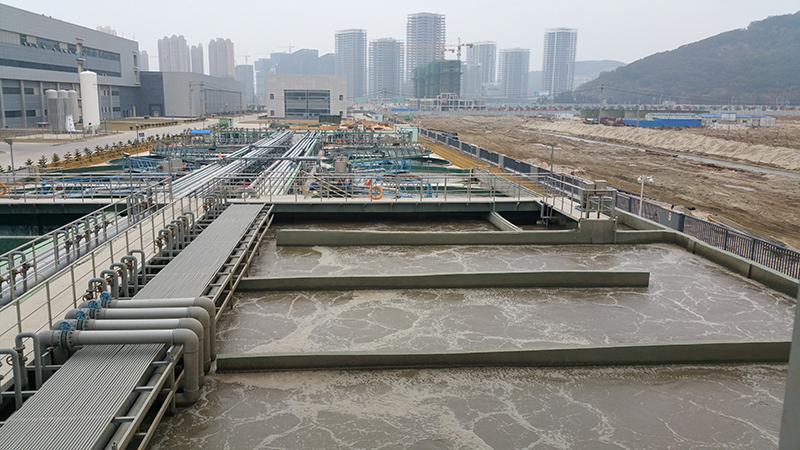Industrial waste water

Sewage characteristics:
Industrial wastewater is generally divided into electroplating wastewater, pharmaceutical wastewater, leather wastewater, papermaking wastewater, coke wastewater, tobacco wastewater:
The main pollutants in electroplating wastewater are heavy metal ions, such as chromium, nickel, copper, cadmium, zinc, etc. The next toxic substances are acids and bases and cyanide. In addition, electroplating pretreatment cleaning down the grease, grease, dust and other impurities.
Pharmaceutical wastewater is characterized by complex composition, high toxicity, high chroma, difficulty in biodegradation, and large variation in water quality and quantity.
Tanning wastewater contains a large number of toxic and harmful substances such as protein, fat, inorganic salts, suspended matter, sulfide, chromium and vegetable tanning agent, etc., high bod, high toxicity, CODCr, BOD5, sulfide, ammonia nitrogen, suspended matter and so on.
Papermaking wastewater is characterized by many kinds of pollutants, high COD content and large discharge, etc. The wastewater contains a large amount of hemicellulose, lignin, inorganic acid salt, inorganic filler, ink and other degradation products.
Coke wastewater has three high characteristics: high COD, high phenol value, high ammonia nitrogen.
The composition of tobacco wastewater is complex, the water quality and quantity changes greatly, containing a high concentration of harmful substances, such as tar, nicotine, phenol, benzopyrene and so on.
Governance plan:
Electroplating wastewater is mainly treated by physicochemical and biological processes.
Pharmaceutical wastewater mainly USES biochemical and physicochemical methods and other combination methods. Biochemical method is UASB and its combination process. Physicochemical methods include coagulation, adsorption, air flotation, ion exchange and membrane separation.
Tanning wastewater treatment process can be divided into primary treatment and secondary treatment, if necessary, also can carry out tertiary treatment.
Papermaking wastewater is usually treated by precipitation or air flotation process, biological treatment process and physicochemical treatment process.
The biological nitrogen removal technology is the core process of coke wastewater
Tobacco wastewater is mainly treated by physicochemical method, biological aerated filter (BAF) process, UASB process, biological contact oxidation process, and membrane - bioreactor.



